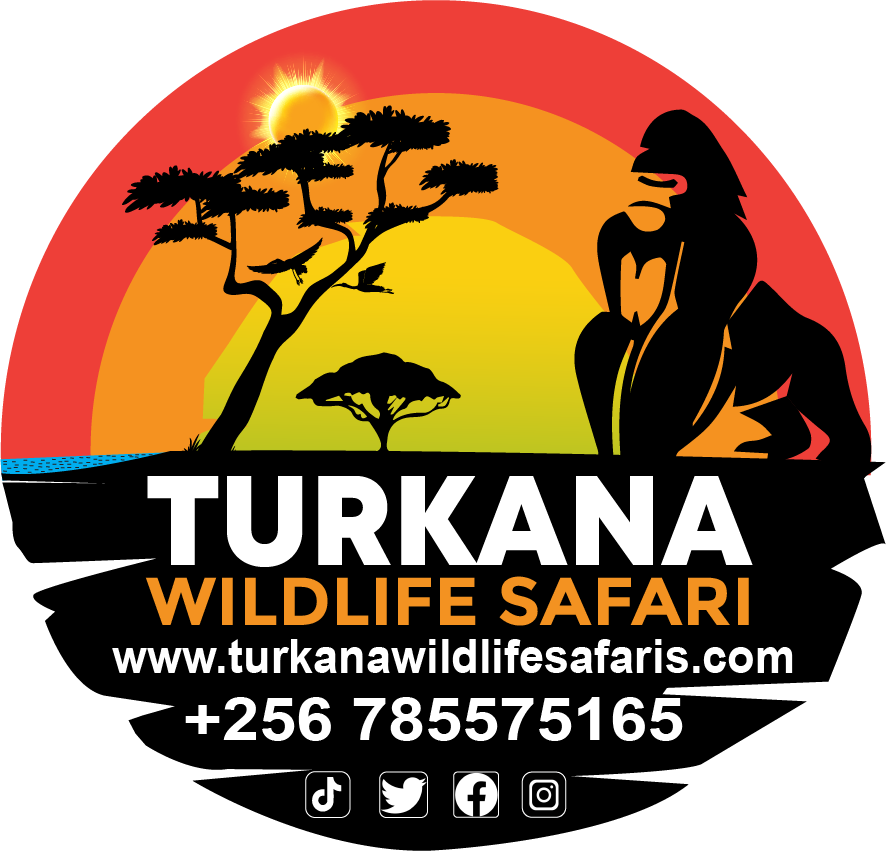
Volcanoes National Park
Volcanoes National Park is a famous protected area located in the Virunga Mountains of northern Rwanda. The park is renowned for its stunning and diverse natural beauty, but it is best known for its population of mountain gorillas. Here are some key details about Volcanoes National Park:
- Location: Volcanoes National Park is situated in the northwestern part of Rwanda, along the border with Uganda and the Democratic Republic of the Congo (DRC). It is part of the larger Virunga Conservation Area, which includes national parks in all three countries.
- Mountain Gorillas: The park is one of the most important conservation areas for mountain gorillas in the world. Dian Fossey, a famous primatologist, conducted her groundbreaking research on mountain gorillas in this area. Visitors can go on guided gorilla trekking expeditions to observe these majestic creatures in their natural habitat.
- Biodiversity: In addition to mountain gorillas, the park is home to a wide range of other wildlife, including golden monkeys, various bird species, and small mammals. The diverse ecosystems of the park include bamboo forests, swamps, and Hagenia-Hypericum forests.
- Scenic Beauty: Volcanoes National Park is set amidst a stunning landscape of lush green hills and volcanoes. The park’s location in the Virunga Mountains provides breathtaking views and an array of hiking and trekking opportunities.
- Conservation Efforts: The park has played a crucial role in the conservation of mountain gorillas and their habitat. Conservation initiatives have led to the growth of the gorilla population in the park, making it a successful example of conservation efforts in Africa.
- History and Heritage: The park is not only important for its natural beauty but also for its historical and cultural significance. It is closely associated with Dian Fossey’s work and her fight to protect mountain gorillas from poaching and habitat destruction.
- Tourism: Tourism is a significant source of revenue for the park and contributes to the local economy. Tourists visit the park for gorilla trekking, birdwatching, and other outdoor activities. However, visitor numbers are regulated to minimize the impact on the gorillas and their habitat.
- Practical Information: Visitors are required to obtain permits for gorilla trekking in advance. These permits have a limited availability, and it is advisable to book well in advance. The park is accessible by road from Rwanda’s capital, Kigali.
- Gorilla Habituation: In addition to gorilla trekking, the park offers a unique gorilla habituation experience. Unlike the one-hour limit during gorilla treks, habituation experiences allow visitors to spend an extended amount of time with a group of gorillas. This program is designed for those interested in learning more about gorilla behavior and research, as well as for those who wish to contribute to gorilla conservation efforts.
- Community Involvement: The success of Volcanoes National Park in gorilla conservation is partly attributed to its community-based conservation programs. Local communities are actively engaged in the protection of the park and benefit from revenue generated through tourism. This involvement has helped to reduce poaching and deforestation while fostering positive relationships between the park authorities and the nearby communities.
- Climate and Weather: The park’s elevation varies, which affects its climate. It’s generally cool and wet, and rain can fall at any time of the year. It’s advisable to dress in layers and be prepared for rain during treks. The best time for gorilla trekking is during the drier months, from December to February and from June to September.
- Hiking Opportunities: Beyond gorilla trekking, the park offers various hiking opportunities for nature enthusiasts. There are several hiking trails that take visitors through the lush forest and provide spectacular vistas of the surrounding mountains. The most famous of these is the Karisoke Research Center trail, which takes you to the site where Dian Fossey’s research camp once stood.
- Conservation Challenges: While the park has made significant strides in gorilla conservation, it still faces challenges, including habitat loss due to agriculture and human encroachment. It’s essential that conservation efforts continue to ensure the long-term survival of the mountain gorillas and their habitat. This involves not only protection within the park but also collaborative efforts with neighboring countries and local communities.
